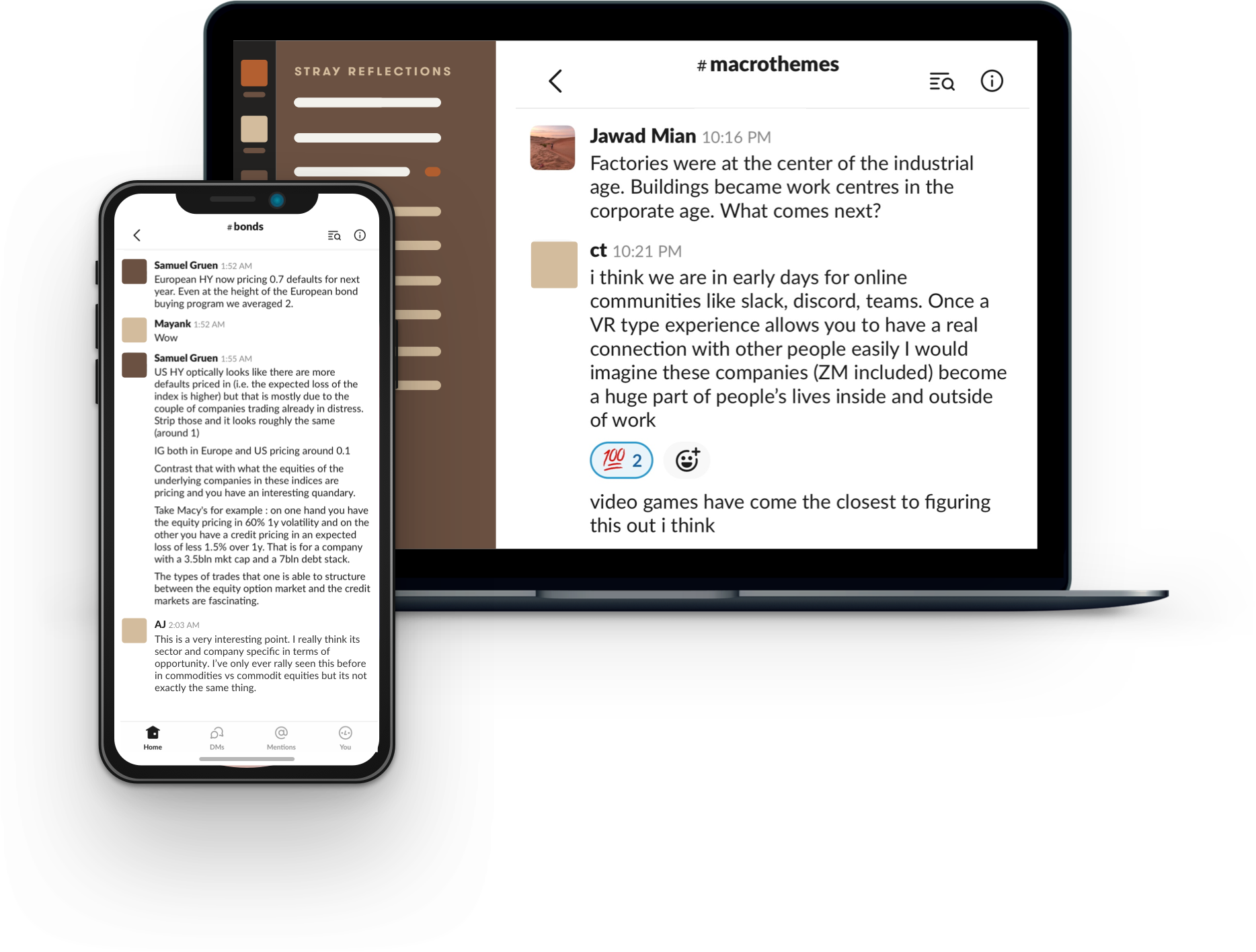The best time to buy TLT, the popular bond ETF, was last October. The second best chance is now.
Context: In October last year, we argued that the bond bear market had come to an end. Following a low of 0.4 percent in March 2020, the US 10-year yield surged to 5.0 percent at its peak. TLT experienced a 50 percent decline in value over three years.
After Treasuries endured their third consecutive annual loss in 2023, we speculated that there likely won’t be a fourth. TLT is currently down 11 percent year-to-date.
But: Isn’t inflation reaccelerating?
In December, core PCE inflation was running at a 1.6 percent annualized rate over the previous three months. We don’t have data for April yet, but as of March, the three-month annualized rate is 4.4 percent.
Our take: We believe the general downward trajectory of inflation is more important than the three straight months of elev
...





